|
Ooof this was bad, feels more like an imitation of the hard-boiled Los Angeles neo-noir archetype than any semblance of a story worth telling, amounting to what feels merely like a vessel for Kidman to wear de-beautifying make-up in an attempt to garner enough recognition from her peers to be gifted a little naked golden man. Directed with a level of panache inconsistent with the film's story and tonal ambitions, this hardboiled cop story lacks consistent emotional engagement, features a narrative with little tension outside of its initial intrigue, and ultimately feels tonally flat from start-to-finish, all of which are encapsulated by so much smoldering the film approaches outright satire.
0 Comments
A blood-splattered italian Western directed by Lucio Fulci starring Franco Nero as the steel-gazed protagonist; What else do you even need to know?? In all seriousness though, The Brute and the Beast is a title that simply put, lives up to its name, being a blunt, not-at-all subtle feature in which the line between good and evil couldn't be more fixed and objectively defined. You have the tyrannical Scott family whose extreme wealth and monopoly on the land has led to mass suffering for much of the community, with their heir to the fortune being a borderline caricature of abject evil, whose utter lack of empathy, remorse, or general concern for human life make him the perfect counter-balance to Nero's cold yet honorable protagonist, a man who reluctantly returns home to deal with the injustice facing the repressed. Fulci's outre aesthetic is in full effect - heavy use of depth-of-field in his mis-en-scene coupled with a hyper-accentuated lens work in unison to give the film's action set pieces a constant sense of dynamism, while the quieter scenes are impressionist in their depiction of inequality and injustice - the decadence, wealth, and privileged of Scott family, who dress heavily in impeccably refined white garb, juxtaposed against the drab and worn cloth of the common folk was a nice touch. Much of The Brute and the Beast's story is rooted in familiar themes of the Western genre, yet it's Fulci's dynamic style which makes the film distinct, that and it's strange, vaguely racist portrayal of a Chinese immigrant. This character fulfills the loveable sidekick archetype and he isn't the most sensitive or nuanced portrait, randomly quoting Confucius, and yet his overall portrayal feels like a net gain, primarily due to him being a characterization that exudes a sense of wisdom and generally positive outlook, despite his impoverished life. He is regulated to the background in this sense, ancillary to the plight of the town as a whole, which oddly reinforces the character, despite its blunt caricature, being an individual who feels above the fray due to his wisdom and general optimistic demeanor. The Brute and the Beast is precisely what one would expect, a film which leans heavily into the traditional tropes of the genre, employing Fulci's kinetic direction style to breath life into an otherwise, traditional story.
Certainly remains a modest effort in Werner Herzog's illustrious film canon, Woyzeck is a classic tale of the kindhearted man who eventually breaks, pushed too far by oppression from the privileged who seek to use him for their own personal fulfillment. Featuring vague flirtations with themes related to class, scientism, and existentialism, Woyzeck is a solid film featuring one of Herzog's favorite themes - a man on the brink of insanity due, at least in part, to an insane world. The denouncement, an act of violence, remains a strong epitaph to the film's reflection on hierarchy, with Woyzeck's violence being taken towards the only one whose place in society lower than his own, the one he also loves the most.
Well-designed action sequences in which clarity and clean presentation never subverts nor diminishes the visceral nature of the fight-choreography, Triple Threat delivers precisely what it promises to the viewer in a package that is relatively lean and certainly mean. Brutality of the action, clarity of presentation, and precision of orchestration from all disciplines combine to make Triple Threat an action film that should certainly be seen by fans of the genre, whose propensity for visceral escapism transcends mere computer-designed worlds. From a narrative perspective, the story is far from original or particularly creative, yet the onslaught of well-composed action sequences makes Triple Threat a thoroughly enjoyable experience that doesn't let up in its fury of testosterone-induced brand of justice.
Unlike Jordan Peele's directorial debut, US, his second feature film, perhaps not surprisingly lacks the same cohesive vision. A film centered around antagonistic dopplegangers, the intrinsic construction of US places elasticity on its thematic intent, leading the film to struggle with scope and the same incisive vision as his first film, Get Out. What remains clear is Peele's understanding of the horror genre, one in which the filmmaker maestros with tactical precision, as US remains an engaging blend of brooding suspense, thrills, intrigue, and masterfully placed comedy, all which are orchestrated due to not only Peele's affinity for sensibilities of the genre but his willingness to manipulate those to his horror mise-en-scene. Ambitious horror filmmaking is nothing new, and one of the largest potential problems with Us is its own lack of thematic intent, which undoubtedly will implore anyone and everyone to confidently lament what the movie is really about. The aforementioned elasticity of a premise such as this invites interpretations, and with US the one which deserves the most credence is the critique on class in America, especially given the epoch of the opening sequence. The problem here though is yet again it's only a surface level reading, as Us lacks the necessary designs to be anything more than a playful distraction. This is why US is best enjoyed a simply a strong, engaging horror film, one that narrative construction and sharp denouncement make it a film worth watching.
Minimalist in structural design, Drift is an immersive visual tapestry in which aesthetic and sound design evoke an emotive response that many more narrative and/or dialogue driven films can't muster. A film about longing between two individuals on the opposite sides of the Ocean, Drift composes the natural world as a polycentric entity- the intricacies and individualistic waves of the sea forming a cohesive, collective whole. This provides a beautiful juxtaposition with its two central protagonists, as the film infuses mysticism induced by the natural world with humankind's emotive qualities and the perception induced by them, with Drift delivering a lyrical and visually rhythmic experience which manages to be melancholic, foreboding, and ultimately transformative in its tranquil story of love.
No likes Toshio Matsumoto's The War of the 16 Year Olds encapsulates the particular epoch in Japan while being transcendent in its subtle critique of nationalism as it exhibits the longstanding toxicity of war. Set in the late 60s/early 70s, the war has been over, the last bomb was dropped decades ago, yet the joyous occasion of the war's official end only offers a temporary reprieve as the psychological and emotional wounds of such conflict reverberate through the national psyche for a multitude of generations, these wounds being more laborious, more acute than the blunt, quick, exacting threat of physical violence which has long sense dissapated. Juxtaposing the older generation, one which was born or lived through wartime, with the younger generation, whose only experience lies in the despondency and stoic mystery which subtly manifests itself through their elders, Matsumoto's The War of the 16 Year Olds' paints a haunting portrait of a nation bifurcated by trauma, one which unwillingness for the discursive only breeds further unease and emotional conflict. Providing insight into how the informative lessons of history themselves are often in conflict with the emotional nature of the human psyche, Matsumoto's film is a revelatory expose into the psychological nature of conflict, exhibiting how trauma and despair are strong forces of nature, ones which often restrict the psychological aspects of intellectual inquiry, repressing the possibilities from properly learning from tragedy and bloodshed of the past conflict due to emotional pain. Matsumoto's direction is impeccable for the material, employing heavy use of canted angles, obstructed compositions, and impressionist lighting techniques, all which combine to create an aesthetic which broods mystery and unease in the viewer, evoking the film's foreboding, supernatural nature, doing so early when the general sensibilities of the feature are unclear from a narrative perspective. What perhaps is most pertinent and essential to The War of the The 16 Year Olds is it never divulges into cynicism, examining trauma from afar but maintaining a sense of faith or optimism in the future generations, which is perhaps best illustrated by the tumultuous central relationship of the story which culminates in an honest, mature, yet idyllic finale. A tale first and foremost about the necessity of continuation and ultimately survival in times of extreme trauma, The War of the 16 Year Olds is a haunting reflection on the continuous, lasting toxicity war has on humanity.
Featuring a minimalist tour-de-force performance from Michel Piccoli in which the slightest intricacies of the performative reinforce and empower Marco Ferreri's outre construction, Dillinger is Dead is a one-of-a-kind cinematic experience, a film which is conducive to a multitude of interpretations and artistic readings. Taking place almost entirely in the confines of an affluent Industrial Designer's home, Dillinger Is Dead is deeply reliant on this central performance, one in which this character, played by Michel Piccoli, finds himself having the night to himself after he returns home to find his wife, bedridden with a sickness she needs to sleep off. What follows over the course of the film's 90 minute running time is an observational study of a man whose domesticated, cultured, curated life is uprooted by uncertainty, his methodical existence, one which is curated and shaped by his various systemic responsibilities - husband, employer, materialism -completely overthrown, at least for the night, due to his wife's illness. A film which finds the unease in such unadulterated freedom, Dillinger is Dead broods with a quiet sense of escalation, as the main protagonist becomes increasingly brazen and peculiar as the night progresses, more and more willing to embrace his spontaneous proclivities. The film feels on edge but never falls headfirst into absurdity or mayhem, the threat is enough, as Marco's Ferreri's film presents a complex allegory about the constraints of modernity, displaying in Piccoli a character who slowly and willingly breaks free from that various shackles of life which restrain his ambition,as the man finds himself thirsty to experience something more primal, something more alive than the various comforts of day-to-day, domesticated life. A challenging, fascinating work in which the filmmaker never quite reveals his own stance on the confrontational forces at place between the repressive nature of modernity and abject freedom of natural instinct/egoism, Dillinger is Dead is singular piece of art which provokes a calculated response from the watchful observer.
The evolution of an artist is discussed in great detail and it remains particularly informative when a viewer is given the opportunity to view this process in reverse - watching a filmmaker's debut feature late in the game, after seeing what they've grown into. Barking Dogs Never Bite is no exception, a solid debut which features the same idiosyncratic sensibilities, general warmth, and sense of deep-seeded empathy towards the human condition which encapsulates the South Korean director, Joon-ho Bong's later work. A debut feature, Barking Dogs Never Bite can come off a bit directionless - it is not nearly as assured in its unique style and pacing- yet the directors incisive intimacy, creative designs, and tonally divergent style is delivered via a singular perspective which refuses to be easily classified or defined by mere descriptors. Melancholic, darkly funny, and oddly compelling, Barking Dogs employs its peculiar narrative to reflect on the general detachment and malaise of contemporary modern life, detailing in its two main protagonists individuals who are metaphorically lost, their shared chance encounter being the catalyst which aids them both to find a sense of solace, even optimism, about everyday existence.
Elegant in execution, intricate in design, and stylish with purpose - reinforcing the mysterious designs of its narrative through sumptous direction and cinematography, Bi Gan's Long Day Journey Into The Night is the an intoxicating piece of filmmaking in which its technical prowess & virtuosity of craft displayed requires utter admiration from all those who share an affinity for the medium of cinema. Blending the narrative intrigue of an old Hollywood Noir with the metaphysical romanticism of Tarkovsky, Long Day's Journey Into Night is a technical masterpiece which maintains enthralling from start-to-finish despite its relative uninterest in exploring philosophical assertions related to identity, the natural state, and self. A meditation on the malleable nature of memory, Bi Gan offers no concrete assertions, reflecting on the nature of subjective vs. objective reality viewed through the lens of an emotional prism of the human mind.
|
AuthorLove of all things cinema brought me here. Archives
June 2023
|
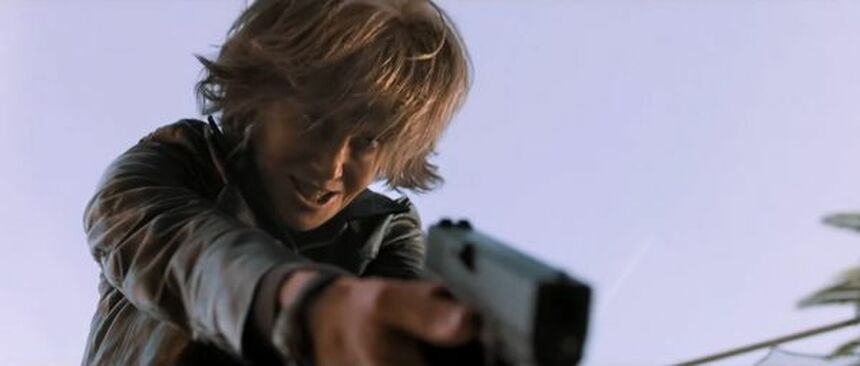
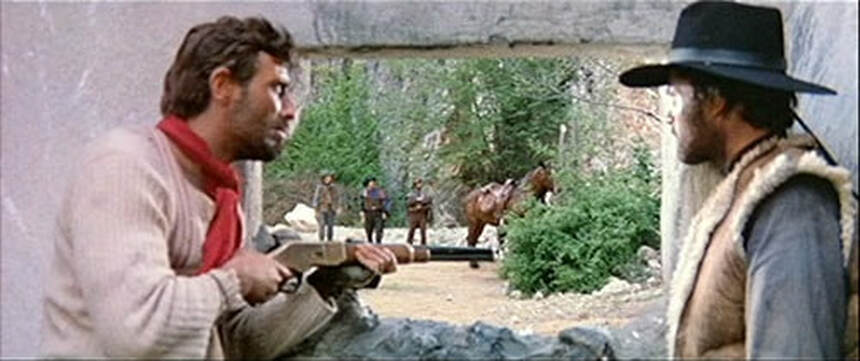

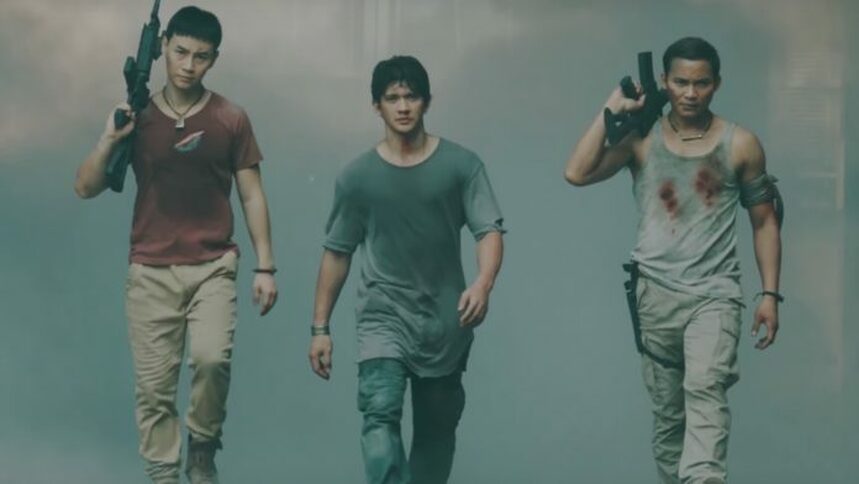
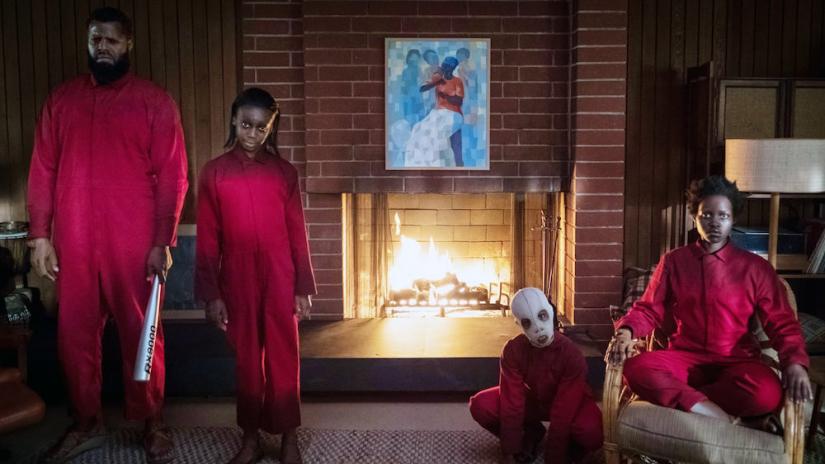
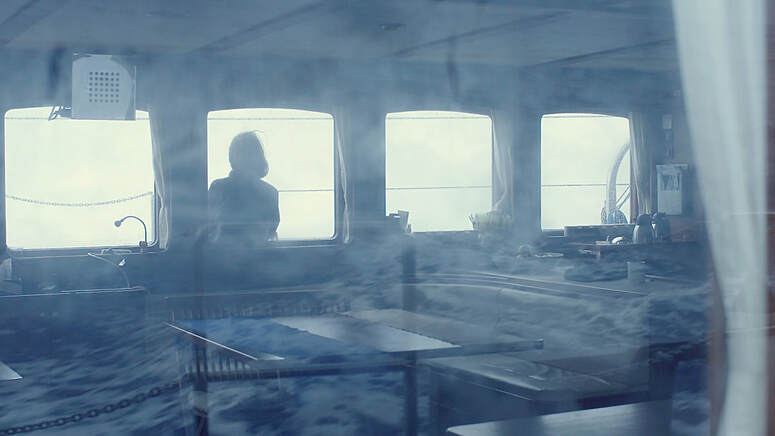
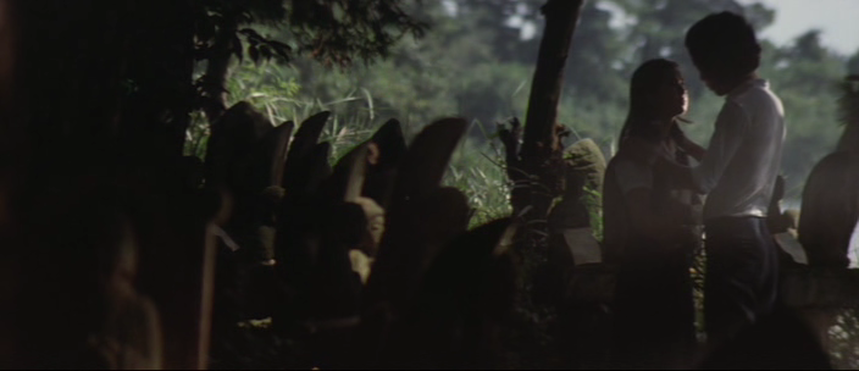
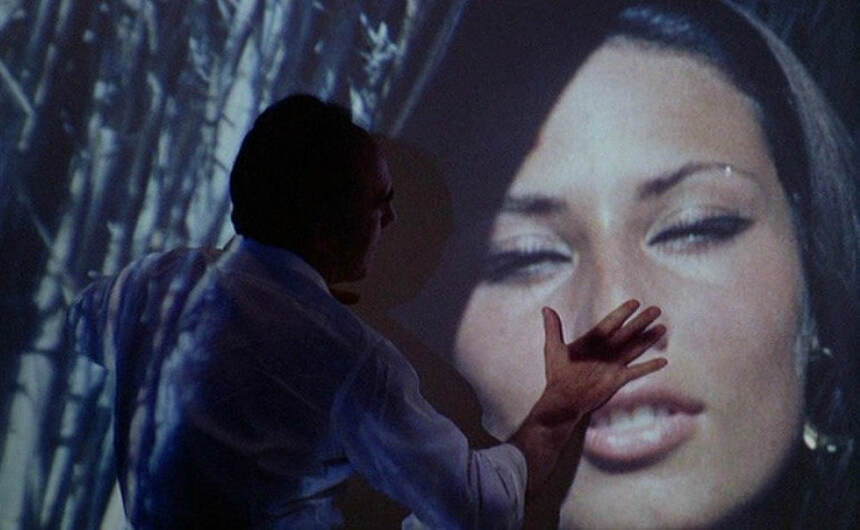
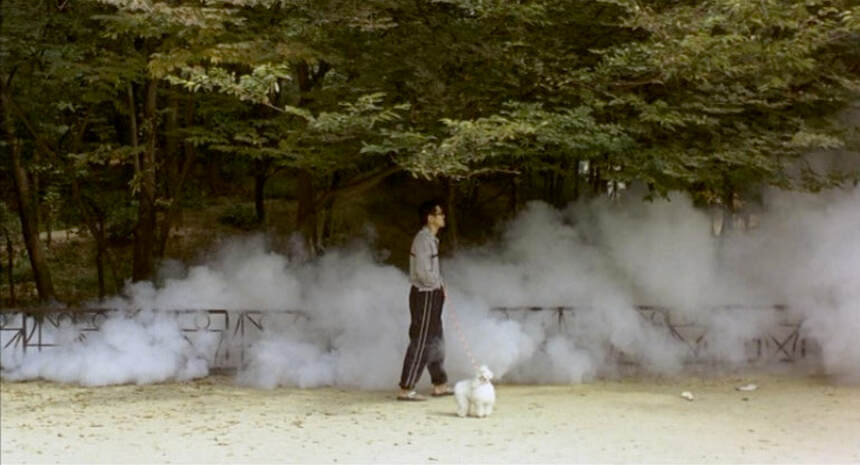
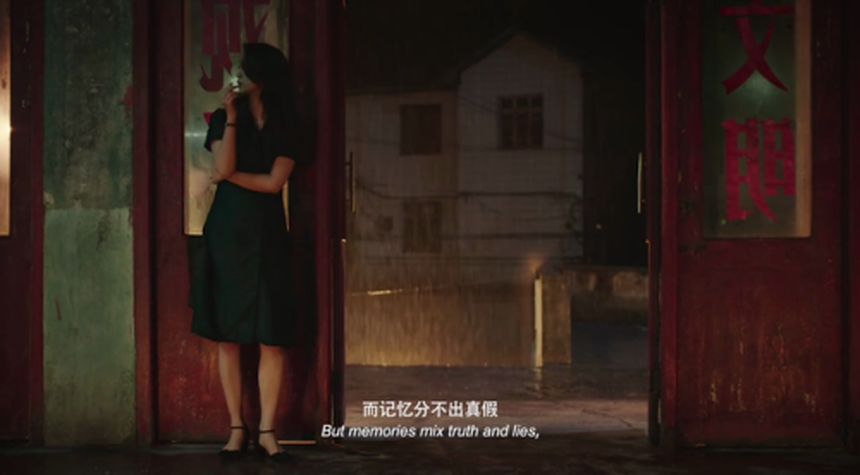
 RSS Feed
RSS Feed
